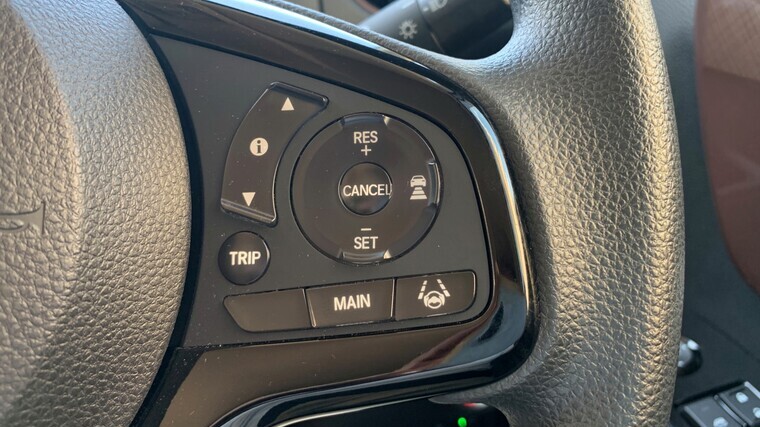Safety systems ‘not infallible’

The International Drivers’ Association (IDA) has carried out studies that suggest assist features may, somewhat ironically, be contributing to crashes.
The organisation, which is based in Singapore, is now calling for a re-evaluation of how these technologies are used.
Dominic Wyatt, a motoring expert at the IDA, says: “The truth is that it’s often a deadly duo – a interplay of machine inaccuracy and human oversight causes these accidents.”
Driver-assistance systems comprise several innovative features engineered to augment safety, convenience and driving efficiency.
The latest functions acting as the winning horses in this race, according to the IDA, are adaptive cruise control, lane-keeping assist, automatic emergency braking, blind-spot detection and forward-collision warning.
“These functions aim to act as a guardrail against human error,” says Wyatt. “However, they are not infallible.
“According to data from the Insurance Institute for Highway Safety [IIHS], faulty drive-assist systems have contributed to severe and often fatal accidents.
“For example, a notorious crash involving a semi-truck and a vehicle enabled by Autopilot occurred in Florida in 2019. The IIHS’ analysis revealed the car’s systems failed to recognise the truck and did not apply brakes.
“Likewise, there were also instances when the drivers over-relied on the systems, leading to fatal oversights.
“The IIHS data also affirms the worrying trend of accidents caused by the lethal combination of faulty drive-assist functions and human error. In 2020 alone, driver-assistance systems were implicated in 23 per cent of crashes investigated by the IIHS.”
The IDA says there are some tried and tested ways motorists can avoid scenarios where faulty drive-assist functions could lead to accidents. These include:
• Understand the functionality: Every drive-assist feature has its strengths and limitations. Understanding what your vehicle can and cannot do is crucial.
• Always stay alert: Drive-assist systems are meant to assist, not replace, human drivers. Keep your hands on the wheel and eyes on the road.
• Regular system checks: Inspection and timely repairs of a vehicle’s driver-assist systems can reduce the chances of malfunction.
• Avoid over-reliance: Do not let the comfort of these systems lull you into a false sense of security. Stay prepared to take over control at any moment.
Wyatt says: “In the end, it is the driver who is and should be in control. Technology is an aid, not a panacea. Always stay vigilant.
“Newer advances in vehicle technology are set to overcome current challenges and shortcomings of existing drive-assist systems.
“However, until these improvements come into the mainstream, it’s of paramount importance we balance our reliance on technology with our responsibility as drivers. The road to safer, more innovative mobility is paved with innovation and caution.”





